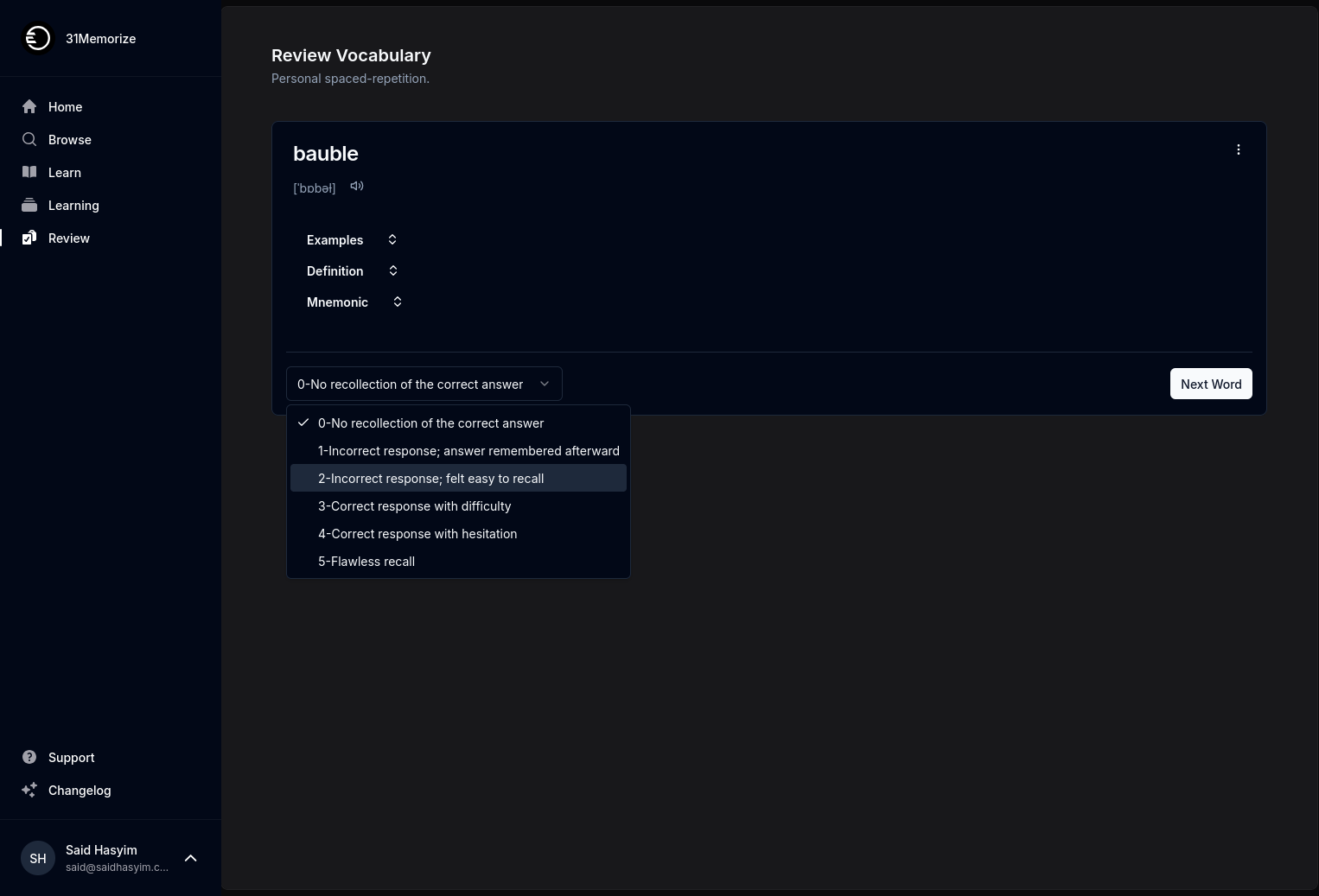The Relationship Between Ratings and Sales
In the digital age, consumer behavior has evolved dramatically, influenced by the rise of online reviews, social media, and the ease with which information can be shared. Among the many factors that can influence a consumer's purchasing decision, ratings and reviews hold a significant place. Understanding the relationship between ratings and sales is critical for businesses, marketers, and consumers alike. In this article, we'll explore how ratings impact sales, the underlying psychology of consumer behavior, and the implications for businesses.
Understanding Ratings and Reviews
Ratings are numerical values typically assigned to products or services based on consumer evaluations. They often come in the form of stars, percentages, or other scales, and they provide a quick reference for potential customers. Reviews generally accompany ratings and offer qualitative insights into the experiences of previous buyers.
The importance of ratings has surged with the proliferation of online shopping. Consumers frequently rely on peer reviews to shape their decisions, often viewing them as more credible than advertising messages.
The Psychology Behind Ratings
Trust and Credibility
Ratings function as a form of social proof. The concept of social proof suggests that individuals will follow the actions of others in an attempt to reflect correct behavior in a given situation. High ratings can build trust in a product, implying that numerous other consumers have had positive experiences. Conversely, low ratings may trigger skepticism or caution.
Decision-Making
When faced with a multitude of choices, consumers often simplify their decision-making processes. Ratings provide a quick and easy filtering mechanism. A product with a high rating might be prioritized over one with fewer or lower ratings, effectively narrowing down options and making the choice less overwhelming.
How Ratings Impact Sales
Higher Ratings Correlate with Increased Sales
Numerous studies have indicated a positive correlation between product ratings and sales volume. According to research, higher-rated products often enjoy greater visibility on e-commerce platforms, leading to increased consumer interest and higher sales.
Conversion Rates
Products with higher ratings tend to have better conversion rates, meaning that a greater percentage of visitors to the product page will make a purchase. High ratings can persuade hesitant consumers, providing assurance of quality and value.
Influence of Reviews
While ratings provide immediate insight, reviews generate trust through user-generated content. Positive reviews can further enhance sales, as they often contain detailed information about the product’s qualities, uses, and benefits. Conversely, negative reviews can deter potential buyers.
The Impact of Star Ratings on Consumer Choices
Research shows that the number of stars a product receives can significantly impact consumer purchasing decisions. For instance:
4 to 5 Stars: Products in this range are often perceived as high-quality. They can command premium pricing and have a loyal customer base.
3 to 4 Stars: While still considered acceptable, these products may undergo scrutiny. Consumers may compare these products more critically to alternatives with better ratings.
Below 3 Stars: Products receive a significant drop in interest and can often be disregarded entirely by consumers seeking quality.
The Role of Quantity in Ratings
The volume of ratings is almost as important as the average score itself. A product with a rating of 4.5 stars based on 500 reviews may be perceived as more reliable than a product rated 4.8 stars with only 10 reviews. This phenomenon is due to the belief that a higher volume of ratings offers a better representation of the product’s quality.
Factors That Can Affect the Relationship
While ratings and sales are intrinsically linked, several other factors can influence their relationship:
Market Brand Recognition: Established brands with loyal customer bases may experience consistent sales despite lower ratings. Brand loyalty often supersedes product ratings.
Product Category: The degree of influence that ratings have may vary by category. For instance, electronics and beauty products often face more scrutiny than everyday household items.
Competing Products: The availability of alternative products can shift consumer behavior. Even a slightly lower-rated product may succeed if it offers additional features or is competitively priced.
Marketing and Promotions: Active marketing strategies, special promotions, and advertising can bypass the natural order of ratings and drive sales independently of ratings.
Strategies for Businesses
Understanding the relationship between ratings and sales offers several strategies for businesses aiming to leverage this connection:
Encourage Feedback: Prompting customers to leave reviews can help gather ratings, especially for new products. Consider integrating review requests into post-purchase communications.
Respond to Reviews: Engaging with both positive and negative reviews demonstrates a commitment to customer satisfaction and can contribute to building trust.
Analyze Feedback: Use customer feedback to enhance products and services. Addressing reported issues can lead to improved ratings and, consequently, sales.
Showcase Ratings: Prominently display ratings on product pages and marketing materials. Visual cues can attract attention and leverage the positive impacts of ratings.
Manage Expectations: Set realistic expectations in product descriptions to align with customer reviews. Over-promise and under-deliver can lead to negative reviews that detrimentally impact ratings.
Conclusion
The relationship between ratings and sales is a powerful factor that can significantly influence consumer behavior and business outcomes. As consumers increasingly turn to online reviews to inform their purchases, businesses that effectively manage ratings and feedback can enjoy a competitive edge. For consumers, understanding how to interpret ratings can lead to more informed and satisfying purchasing decisions. The digital marketplace is vast, and ratings serve as a guiding compass for navigating this often overwhelming terrain.
